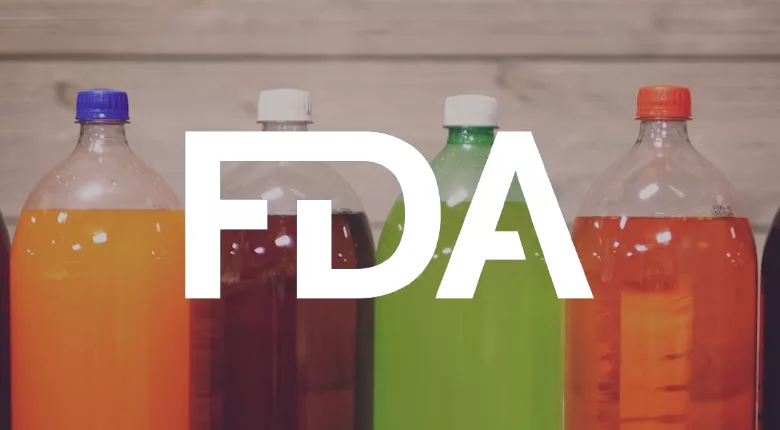FDA Proposes to Stop Allowing Brominated Vegetable Oil in Food, Says Red Dye 3 May Be Next

Image credit: Amanda Shepherd via Unsplash
Due to concerns about harms to human health, the U.S. Food and Drug Administration (FDA) has proposed to revoke the regulation that authorizes the use of brominated vegetable oil (BVO) in food. The agency also announced its intent to review three other possibly toxic, FDA-regulated food additives that were recently banned in the state of California, specifically: red dye 3, propylparaben, and potassium bromate. A review of red dye 3 is currently underway.
FDA’s BVO decision is based on agency research conducted in collaboration with the U.S. National Institute of Environmental Health Sciences’ (NIEHS’) Division of Translational Toxicology, which resolved toxicological data gaps about the additive. Data from the studies show adverse health effects from BVO in animals at levels that closely approximate real-world human exposure.
At present, BVO is permitted for use as a food additive through the Code of Federal Regulations (CFR) Title 21, Part 180, Subpart B (21 CFR 180.30). As authorized, BVO is used in small amounts to keep citrus flavoring from rising to the top in beverages. FDA has regulated BVO as a food additive ever since 1970, when the agency removed it from the codified list of substances considered to be Generally Recognized as Safe (GRAS)—a provision that the California Food Safety Act specifically took issue with.
In recent years, many beverage makers have reformulated their products to replace BVO with alternative ingredients, and few beverages in the U.S. contain BVO in the present day.
FDA to Review Additives Recently Banned in California, Starting With Red Dye 3
The proposal from FDA shortly follows the October 2023 passage of the California Food Safety Act, which is statewide legislation banning the sale of foods containing four food additives, including BVO. In its announcement about the proposal to revoke the regulation authorizing BVO, FDA recognized California’s recent ban of the additive, alongside the three others included in the California Food Safety Act: red dye 3, propylparaben, and potassium bromate. The agency stated that it is “continuously reviewing and reassessing the safety of a variety of chemicals in food to ensure the science and the law support their safe use in food, including all four ingredients that are part of the recent California law.”
FDA also stated that it is currently reviewing the color additive regulations that authorize red dye 3 in ingested drugs, foods, and dietary supplements, and that a decision from the agency is forthcoming. FDA cited the Delaney Clause of the Federal Food, Drug, and Cosmetic Act (FFDC), which prohibits FDA from approving a color additive that is ingested if it causes cancer in animals or humans when consumed.
Looking for quick answers on food safety topics?
Try Ask FSM, our new smart AI search tool.
Ask FSM →
Toxicological Evaluation of BVO
The FDA/NIEHS study of the toxicological effects of BVO was conducted to investigate concerns raised in past research about the potential toxicities of consuming the additive. The researchers exposed Sprague Daley rats to BVO for 90 days and analyzed tissue distribution of the main metabolites. Male and female rats aged six weeks were fed diets containing 0 percent (the control group), 0.002 percent, 0.02 percent, 0.1 percent, and 0.5 percent BVO by weight.
Statistically significant increases were observed in the serum bromide in the high-dose group of both sexes. Thyroid follicular cell hypertrophy was seen in the two highest dose groups of males and the high-dose group of females. An increase in serum thyroid-stimulating hormone (TSH) was observed in the high-dose group for both sexes, as well as a decrease in serum thyroxine (T4), a hormone produced by the thyroid, in the high-dose males. A clear dose-response was observed in levels of di- and tetra-bromostearic acid in the heart, liver, and inguinal fat.
The findings expand upon previous observations in rats and pigs that oral exposure to BVO is associated with increased tissue levels of inorganic and organic bromine, and that the thyroid is potentially at risk of suffering toxic effects of the chemical.









